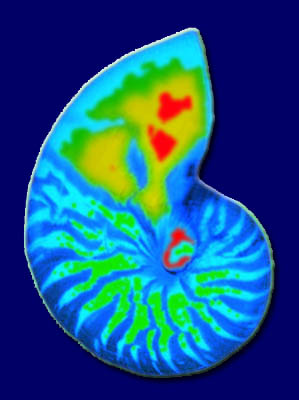
Abstract:
Nowadays much has been said about the advantages of vector sensors arrays (VSA) in direction of arrival estimation, where both scalar pressure and particle velocity components are measured increasing the resolution and reducing the left-right ambiguity. The possibility for the use of VSA in bottom properties estimation, specially bottom reflection coefficient characteristics was addressed in a previous work [1], considering that the ratio between the up and down beam response is an approximation to the bottom reflection coefficient. The bottom loss deduced by up/down ratio from data acquired by a four element VSA in the 8-14kHz band, during the Makai 2005 experiment, off Kauai I., Hawai (USA), was then compared to the modelled reflection loss using SAFARI model for candidate sets of bottom parameters using a trial and error approach. The results showed good agreement with the historical and geological information for the area. In the present work in order to increase the resolution and optimization we used matched-field processing (MFP) for estimating a set of bottom parameters such as sediment compressional speed, density and attenuation, discussing the introduction of the particle velocity in such inverse problems. In the sequel a novel ray tracing model is used to generate field replicas that include both the acoustic pressure and the particle velocity outputs. It is also discussed how the classical estimators (low and high resolution) can be adapted to incorporate the three components of the particle velocity beyond the scalar pressure. Comparisons between the MFP based in individual and conjugated acoustic information are performed for simulated data and data acquired during the Makai 2005 experiment. The results are in line with those previously obtained [1] and indicate that when the particle velocity is included it can significantly increase the resolution of bottom properties estimation and in some cases this is obtained using only the vertical component of the particle velocity.
Keywords:
Vector Sensor, bottom properties inversion, matched-field processing.
[1] Estimating bottom properties with a Vector Sensor Array during the MakaiEx 2005, Second International Workshop on Marine Technology, MARTECH 2007, 15 and 16 of November, 2007, Vilanova I LA Geltrú, Barcelona, Spain.